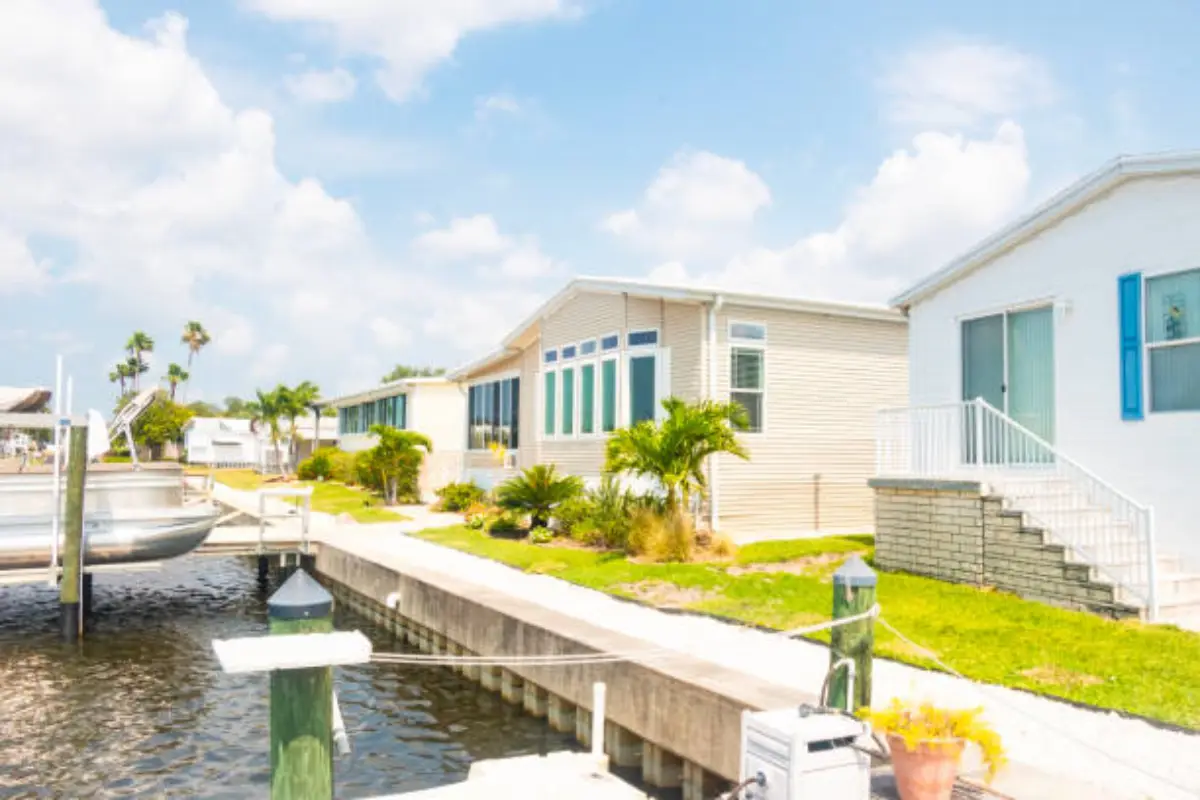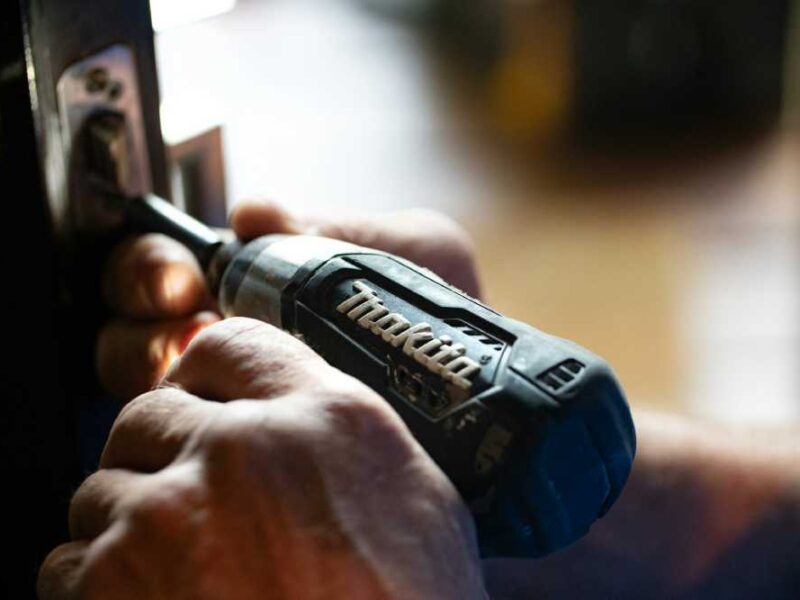Modern seawalls play a vital role in protecting coastal properties from the increasing threats of erosion, storm surges, and rising sea levels. These barriers are designed to absorb and deflect wave energy, help stabilize shorelines, and reduce damage during extreme weather events. By forming a physical boundary between land and sea, seawalls preserve infrastructure, minimize property loss, and support long-term coastal resilience.
Over time, however, even well-constructed seawalls can degrade due to constant exposure to water, wind, and shifting sediments. Regular inspections and timely seawall repair are essential in maintaining structural integrity and effectiveness. Addressing cracks, corrosion, or displacement early helps prevent more serious failures and ensures continued protection for nearby properties. Ongoing maintenance is a key part of modern coastal defense strategies.
Contents
Innovations in Seawall Design
Innovations in seawall design have significantly improved how coastal properties are protected from erosion, storm surges, and rising sea levels. Modern materials, such as composite and vinyl, and enhanced engineering techniques, have made seawalls more durable and adaptable to changing environmental conditions. These advances not only enhance structural integrity but also reduce long-term maintenance needs.
As these structures age, regular assessments and upkeep remain essential to their effectiveness, which is where seawall repair companies often come into play. Their expertise helps maintain the functionality of both traditional and modern seawalls, ensuring continued protection for homes, infrastructure, and natural shorelines along vulnerable coastlines.
Dynamic Revetments: A Natural Approach
Dynamic revetments are a gentle, adaptive coastal defense system inspired by natural beaches. These systems layer cobbles, gravel, and sediment along shores, enabling them to absorb and adjust to waves. Over time, these revetments reshape, buffering land from wave action without transferring excessive erosive force. They maintain healthy transition zones, provide habitats for crabs, insects, and resilient coastal plants, and lower the risk of sudden wall failure.
Integrating Natural Elements
The “Living Breakwaters” initiative off Staten Island, New York, shows how artificial reefs made from concrete and recycled materials can work as wave barriers and marine habitats. These structures slow down wave energy before it hits vulnerable landward seawalls and coastal infrastructure. As they grow, they attract sea life, help ecological restoration, and offer water filtration and carbon sequestration. This comprehensive approach benefits communities, education, and economic growth.
Policy Shifts Towards Sustainable Solutions
The rise of nature-based solutions influences coastal management in regions like Washington and Virginia. These policies prioritize “living shoreline” projects, utilizing plantings, slopes, and organic materials to stabilize banks and promote ecosystem restoration. These policies involve partnerships among scientists, agencies, nonprofits, and property owners to create new habitat corridors, boost disaster resilience, and improve public access to recreation and fishing.



